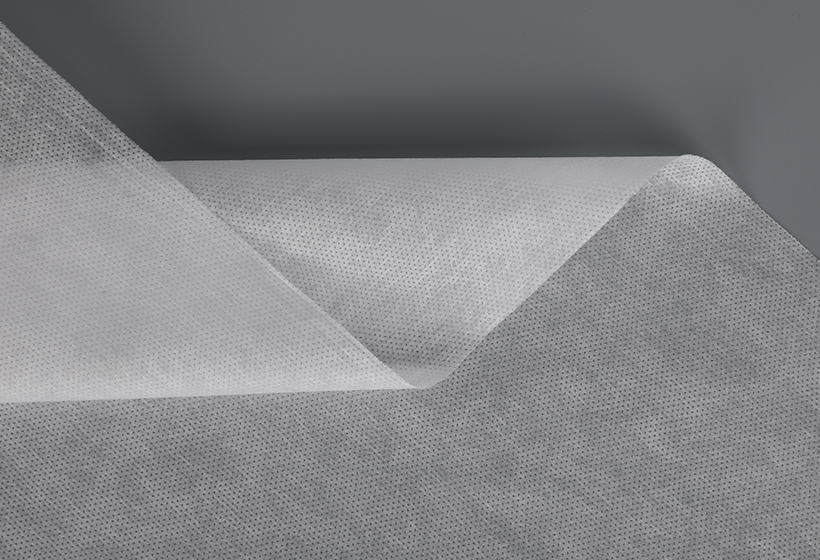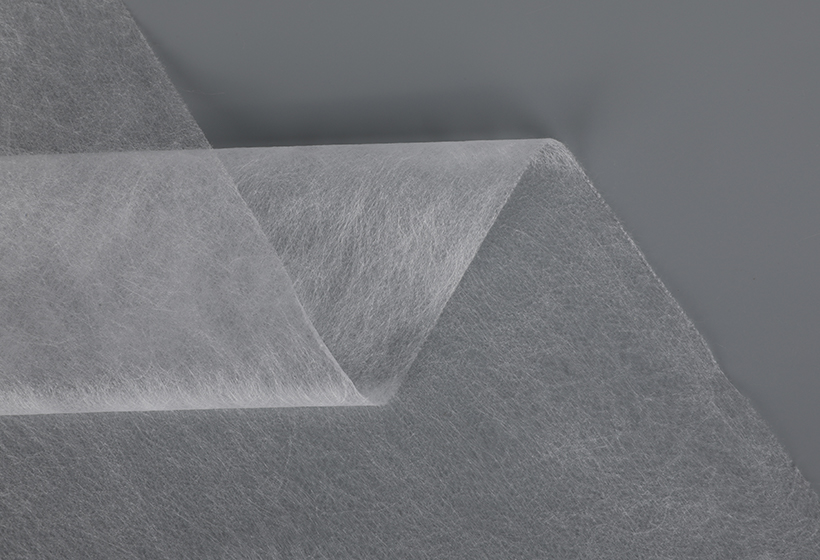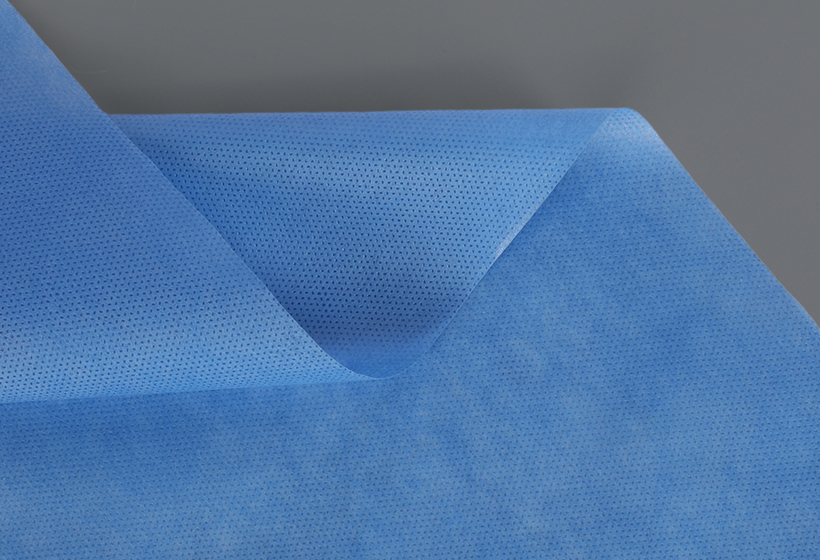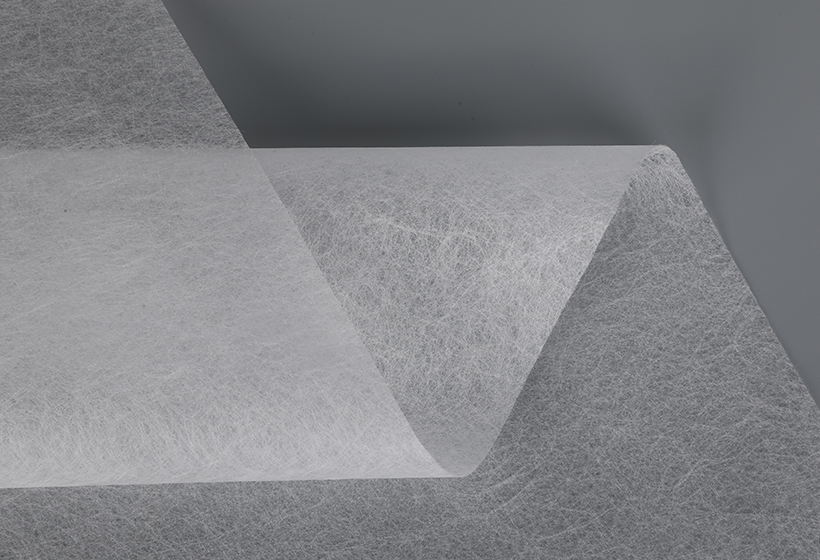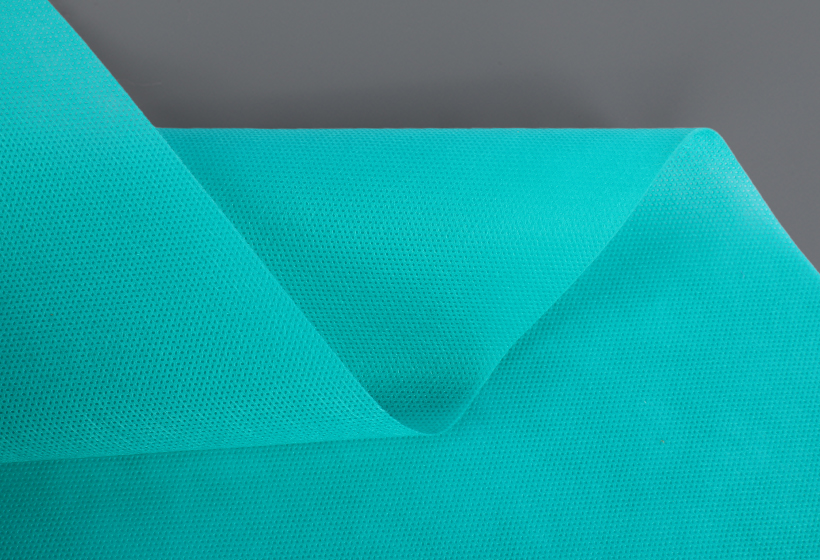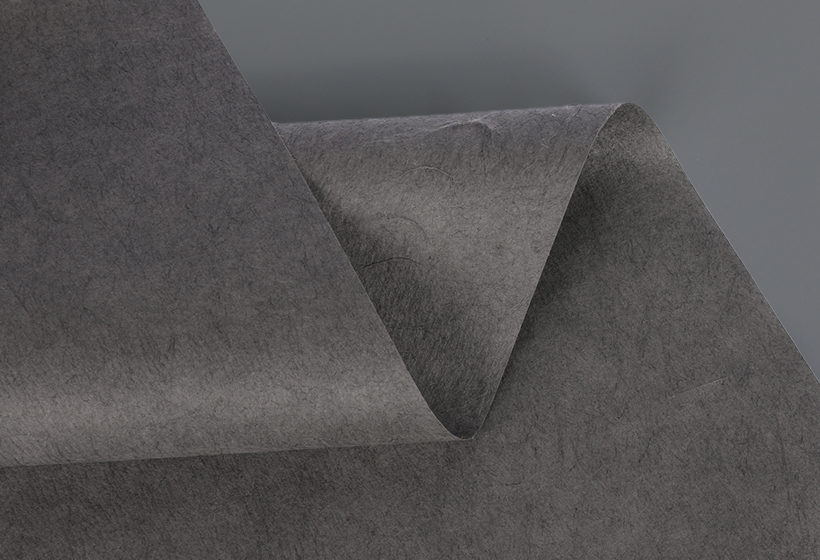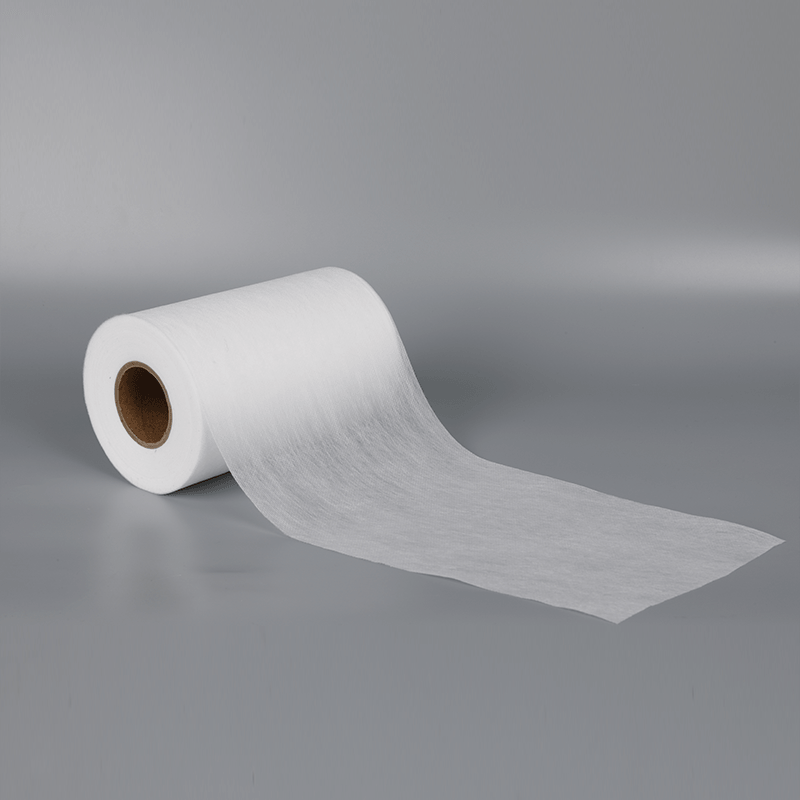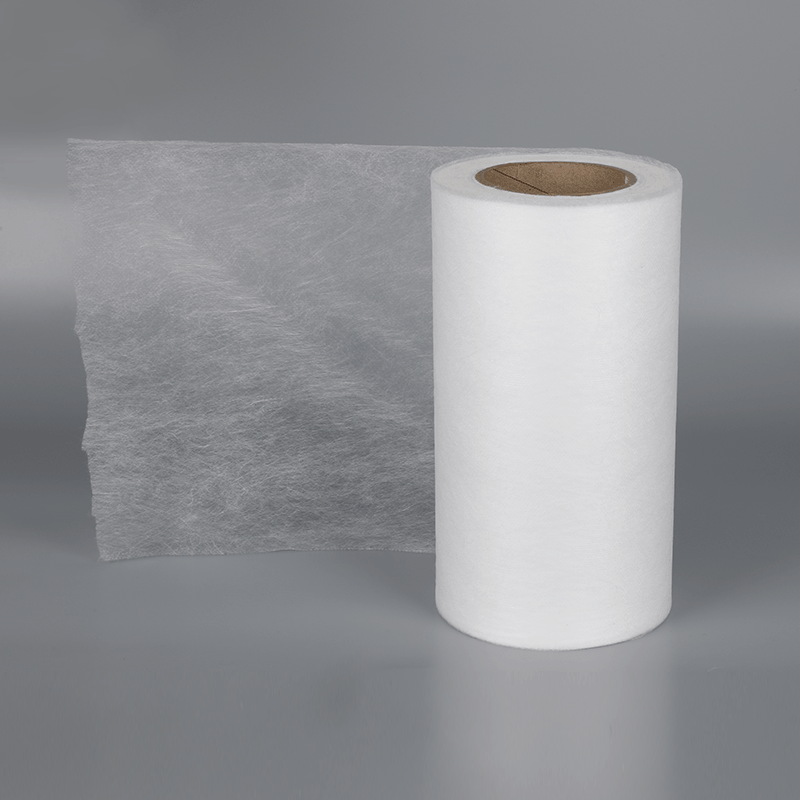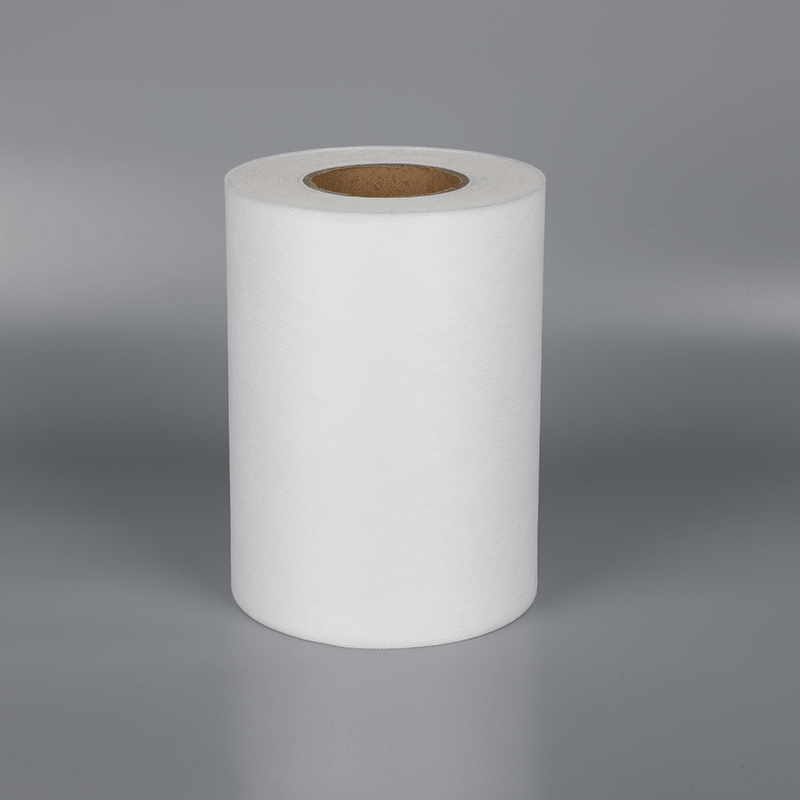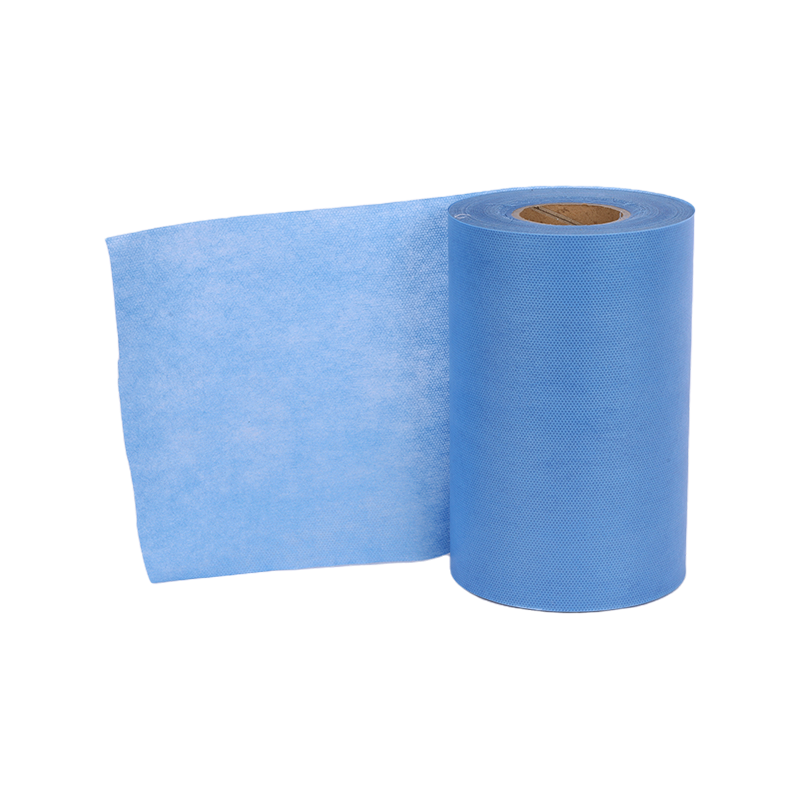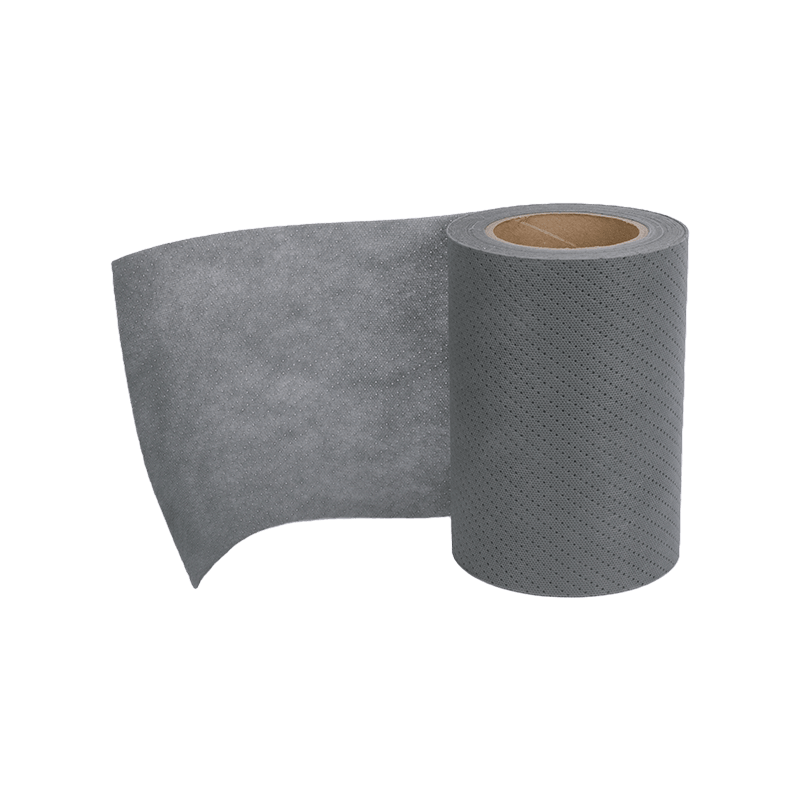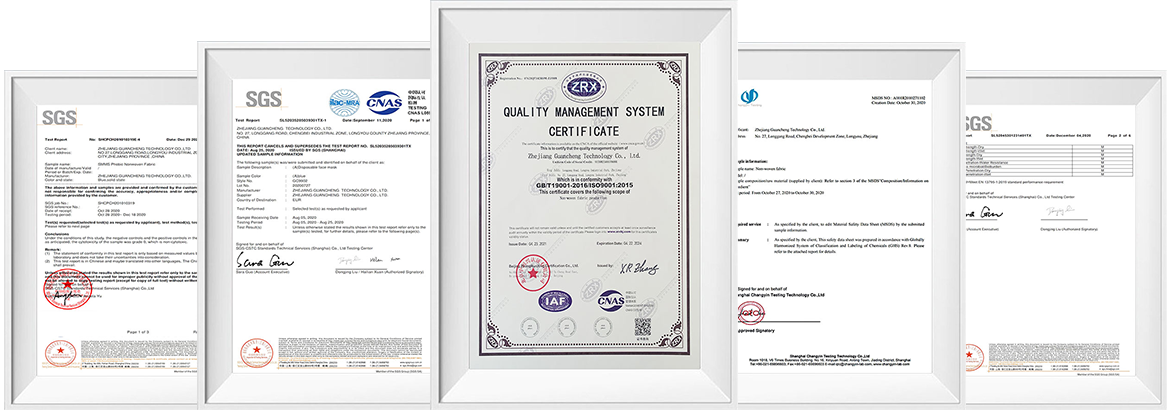Bi-component nonwoven fabric Industry Knowledge
What are the unique advantages and applications of Bi-component Nonwoven Fabrics, and how do the special treatments of hydrophilic, anti-UV, and super-soft enhance their performance?
Bi-component nonwoven fabrics have gained significant recognition in various industries due to their unique advantages and wide range of applications. Let's explore the distinct characteristics of bi-component nonwoven fabrics and how the special treatments of hydrophilic, anti-UV, and super-soft enhance their performance.
Advantages and Applications of Bi-component Nonwoven Fabrics:
1. Enhanced Strength and Durability: Bi-component nonwoven fabrics are composed of two different polymer components, typically a core-sheath structure. This structure imparts enhanced strength and durability to the fabric, making it suitable for demanding applications. The core component provides structural support, while the sheath component enhances the fabric's surface properties. The enhanced strength and durability of bi-component nonwoven fabrics make them ideal for applications that require robustness, such as automotive interiors, geotextiles, or industrial packaging.
2. Differential Properties: The differential properties of bi-component nonwoven fabrics allow for customization and performance optimization. The core and sheath components can be made of different materials, each contributing specific attributes to the fabric. For example, the core can provide strength and stiffness, while the sheath can offer softness and flexibility. This versatility enables manufacturers to tailor the fabric to meet the specific requirements of perse applications, ranging from filtration media to apparel interlinings.
3. Bonding and Lamination Capability: Bi-component nonwoven fabrics have excellent bonding and lamination capabilities, enabling them to be easily integrated with other materials. They can be bonded to themselves or to other substrates using thermal, chemical, or mechanical methods. This property facilitates the manufacturing process and expands the range of potential applications. Bi-component nonwoven fabrics can be combined with films, membranes, or other fabrics to create composite materials with enhanced properties.
Special Treatments of Hydrophilic, Anti-UV, and Super-Soft:
1. Hydrophilic Treatment: Bi-component nonwoven fabrics can be treated to have hydrophilic properties. This treatment modifies the fabric's surface to attract and spread liquid, enhancing its ability to absorb and manage moisture. The hydrophilic treatment is particularly beneficial in applications such as hygiene products, medical textiles, or wipes, where efficient liquid absorption and moisture management are critical. It ensures comfort, reduces skin irritation, and maintains dryness.
2. Anti-UV Treatment: Bi-component nonwoven fabrics can be treated to provide anti-UV properties, offering protection against harmful ultraviolet radiation. This treatment involves incorporating UV-absorbing additives into the fabric or applying a protective coating on its surface. The anti-UV treatment makes bi-component nonwoven fabrics suitable for outdoor applications, such as agricultural covers, awnings, or protective clothing, where protection against UV radiation is essential. It helps prevent sunburn, skin damage, and material degradation caused by prolonged exposure to sunlight.
3. Super-Soft Treatment: The super-soft treatment of bi-component nonwoven fabrics enhances their tactile properties and overall comfort. This treatment involves adding specialized softening agents to the fabric, resulting in a luxurious and plush feel. The super-soft treatment makes the fabric exceptionally gentle on the skin, reducing friction and irritation. It is particularly advantageous in applications such as wipes, diapers, or medical textiles, where softness and comfort are paramount.
How do Bi-component Nonwoven Fabrics provide enhanced performance and versatility compared to traditional single-component nonwoven fabrics, and what are their key applications in various industries?
Bi-component nonwoven fabrics have gained significant attention in the textile industry due to their enhanced performance and versatility when compared to traditional single-component nonwoven fabrics. Let's explore the unique attributes of bi-component nonwoven fabrics and their key applications across various industries.
Bi-component nonwoven fabrics are composed of two different polymer components, typically in a core-sheath structure. This design allows for the integration of distinct properties into a single fabric, unlocking a wide range of benefits and applications.
Enhanced Performance and Versatility:
1. Differential Properties: The combination of two components in bi-component nonwoven fabrics enables the incorporation of differential properties. The core component provides strength, stability, and structural support, while the sheath component enhances surface properties such as softness, flexibility, or breathability. This differential structure allows manufacturers to tailor the fabric to specific performance requirements, resulting in enhanced functionality and versatility.
2. Strength and Durability: Bi-component nonwoven fabrics exhibit superior strength and durability compared to traditional single-component nonwoven fabrics. The core component contributes to the fabric's overall strength, making it suitable for applications that require robustness and resistance to tearing or abrasion. This enhanced durability ensures a longer product lifespan and reduces the need for frequent replacements.
3. Softness and Comfort: The sheath component in bi-component nonwoven fabrics provides a soft and comfortable touch. This makes them ideal for applications where comfort is paramount, such as hygiene products like diapers, wipes, or medical textiles. The fabric's gentle texture reduces friction and irritation on the skin, enhancing user comfort and satisfaction.
4. Versatile Surface Functionality: Bi-component nonwoven fabrics can be engineered to possess various surface functionalities. Depending on the application, the sheath component can be modified to exhibit characteristics such as hydrophilicity, hydrophobicity, antimicrobial properties, or flame resistance. This versatility allows for the development of specialized fabrics that meet specific industry requirements.
Key Applications in Various Industries:
1. Hygiene Products: Bi-component nonwoven fabrics are extensively used in the production of hygiene products such as diapers, wipes, and sanitary napkins. The combination of strength, softness, and moisture management properties makes them ideal for ensuring comfort, absorption, and fluid distribution in these applications.
2. Medical and Healthcare: Bi-component nonwoven fabrics find application in the medical and healthcare sectors, including surgical gowns, drapes, wound dressings, and filtration media. The fabric's barrier properties, strength, and ability to withstand sterilization processes make them suitable for creating protective and sterile environments.
3. Automotive: Bi-component nonwoven fabrics are used in automotive applications, such as interior trim, upholstery, and carpeting. Their durability, resistance to wear and tear, and the ability to integrate different surface functionalities contribute to improved aesthetics and longevity of automotive components.
4. Construction: Bi-component nonwoven fabrics are employed in the construction industry for applications such as geotextiles, roofing membranes, and insulation materials. The fabric's strength, durability, and resistance to environmental conditions make it suitable for providing structural support, moisture management, and insulation properties.
5. Filtration: Bi-component nonwoven fabrics are used in various filtration applications, including air and liquid filtration. The fabric's ability to combine filtration efficiency with enhanced durability and resistance to clogging makes it a preferred choice for a wide range of filtration systems.

 English
English Español
Español
 Innovation Team
Innovation Team Patented Technology
Patented Technology Quality Assurance
Quality Assurance Efficient Response
Efficient Response
